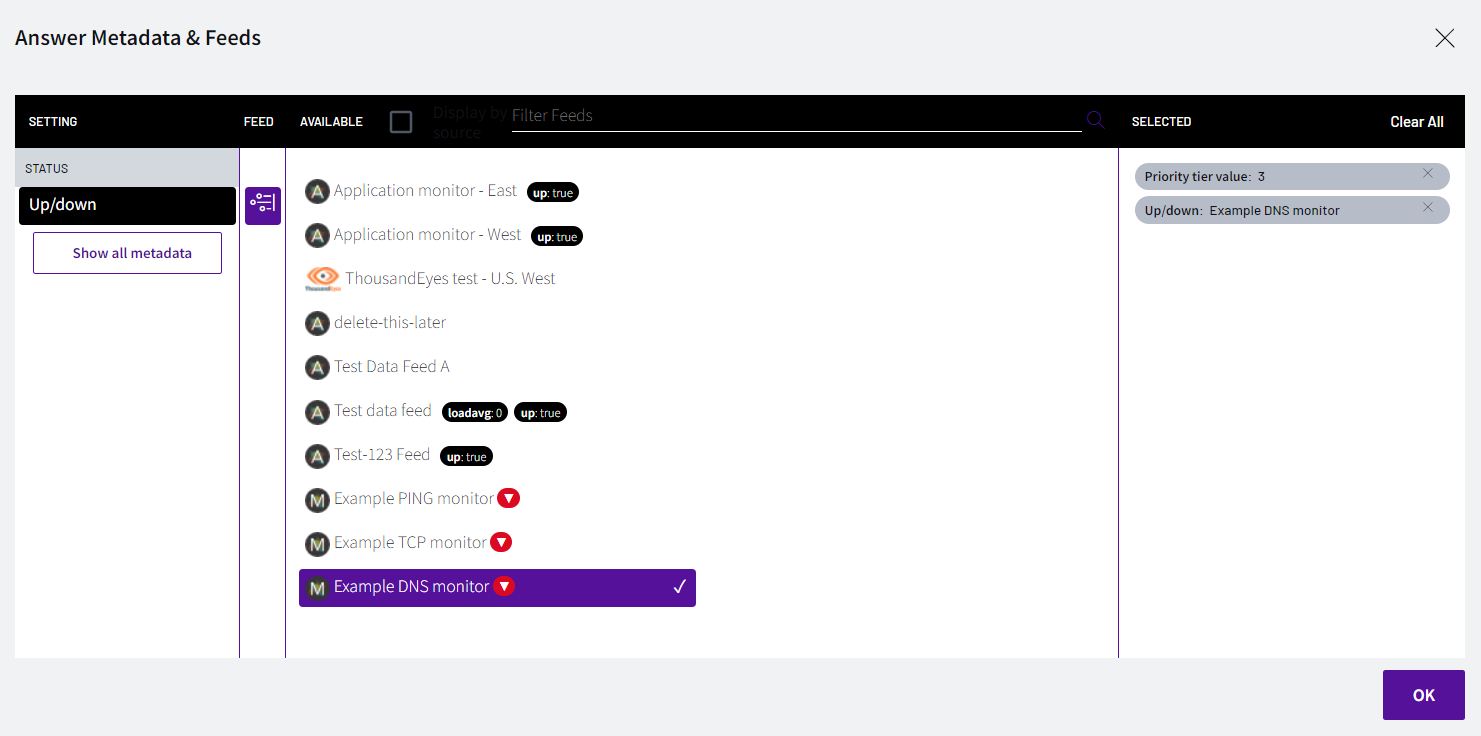
The Funds transfer pricing (FTP), a financial management instrument, helps banks measure the contribution that different sources of financing make to their total profitability. It allows them to monitor and measure their financial performance in a wide variety of ways, from determining the profitability of different product lines the bank offers, to the success of branch outlets, to evaluating processes.
For commercial banks, FTP provides a price that accurately reflects their costs of raising and loaning funds. This price includes interest, liquidity costs and other operating costs. The bank can use this rate to determine its return on investments and help price loans.
The bank can also use the FTP rate to help in its budgeting and planning processes. This can result in higher profits over the long-term.

This tool is essential for assessing a banks performance, especially in light of current global financial turmoil and the upcoming Basel III set of banking regulations. Additionally, it's important for identifying vulnerabilities and risks that can affect the bank’s profitability.
This is important for analyzing the profitability of customers and the performance and branch locations. It can help the bank to gain a better understanding of its strengths, weaknesses and how it can improve profitability.
FTP frameworks come in many different types that can be implemented by a bank. These frameworks vary depending on the bank's size, business lines, and overall operational structure. In general, the matched maturity method is widely used.
Funds transfer rates are assigned based on various factors. These include the maturity and cash flow of the product. These factors include interest rates and credit risk.

In order to assign the appropriate transfer rate for a specific product the bank must determine the rules on how to calculate the rate. The rules are based on balances in ledger accounts, such as cash, prepaid expense, and fixed assets. They can also be based product (instruments), instrument principal balances, or other product (instruments).
The bank could use the matched maturity method to assign transfer rates to products according to the maturity of the product and the cash stream expected. This approach may be more flexible and less rigid than the pooled rate method that ties products into a single TP.
The matched maturity method also considers the bank's ability to source funds of various maturities from the interbank market, which can influence the final base TP rate. This means that the matched maturity approach can be particularly useful in periods of high liquidity when it could allow a bank to reduce its hedging cost or increase the rentability of its Treasury assets.
FAQ
Is web design difficult?
Web Development is hard but you can learn it if you are passionate about coding.
You just need to find the right tools for yourself and follow them step by step.
Many tutorials are available on YouTube and other platforms. Online software like Sublime Text and Notepad++ is also available for free.
Many books are also available in libraries or bookstores. These are some of the most well-known:
"Head First HTML & CSS" by O'Reilly Media
O'Reilly Media presents "Head First PHP and MySQL 5th Edition"
"PHP Programming for Absolute Beginners" by Packt Publishing
I hope this article helps you!
How to create a static website
There are two options available to you when building your first static website.
-
A Content Management System (also known as WordPress): WordPress is a Content Management System (a.k.a. You can then use it to build an important website.
-
Create a static HTML website: You'll need to code your HTML/CSS code. If you are familiar with HTML, it's easy to do.
Consider hiring an expert to build your large website.
You should start with option 2.
Can I use HTML & CCS to build my website?
Yes! If you've followed the steps, you should now be able create your website.
You're now familiar with the basics of creating a website structure. However, you must also learn HTML and CSS Coding.
HTML stands for HyperText Markup Language. It is similar to writing a recipe. It would list the ingredients, directions, and how to do it. HTML is a way to tell a computer which parts are bold, underlined, italicized or linked to other parts of the document. It's the language for documents.
CSS stands as Cascading Stylesheets. It's like a stylesheet for recipes. Instead of listing every ingredient and instructions, you create general rules about font sizes, colors, spacing and other details.
HTML tells a browser how to format a webpage; CSS tells a browser how to do it.
Don't worry if you don't know the meaning of either one of these terms. Follow these steps to make beautiful websites.
What does it mean to be a UI designer
A user interface (UI) designer creates interfaces for software products. They design the application's layout and visual elements. Graphic designers may also be part of the UI designer.
The UI designer should be able solve problems by understanding how people use computers.
A UI Designer should have a passion in technology and software design. The field requires that the designer understands all aspects of it, from designing ideas to writing code.
They should have the ability to design using various techniques and tools. They should be able problem solve and think creatively.
They should be detail-oriented and well organized. They should be able develop prototypes quickly, efficiently and accurately.
They should feel at ease working with clients, large and small. They should be able, and willing, to adapt in different environments and situations.
They should be capable of communicating effectively with others. They should be able communicate clearly and concisely.
They should be well-rounded people with strong communication skills.
They must be driven, motivated, and highly motivated.
They should be passionate for their craft.
What kind of websites should I make?
Your goals will determine the answer to this question. It may be best to sell online your products to build a company around your website. This will require you to set up a strong eCommerce site.
Other popular types of websites include blogs, portfolios, and forums. Each requires different skills. You will need to be familiar with blogging platforms like Blogger or WordPress if you wish to create a blog.
You must decide how to personalize your site's appearance when choosing a platform. There are many templates and themes available that can be used for free on each platform.
Once you've selected a platform to build your website, you can start adding content. You can add images, videos, text, links, and other media to your pages.
It is now possible to publish your new website online. Your site is now available for visitors to view in their browsers.
How do I create a free website?
This depends on what kind of website you're trying to create. Do you want to sell online products, start a blog, build a portfolio, or both?
You can make an essential website using only HTML and CSS (a combination of HyperText Markup Language and Cascading Style Sheets). Although HTML and CSS can be used to create simple websites, web developers prefer using a WYSIWYG editor like Dreamweaver or Frontpage.
You might consider hiring a freelance designer if you don’t know how to design websites. A freelance developer can create a website tailored to your needs.
Freelancers can charge a flat fee or an hourly rate. The price of hiring a freelancer will vary depending on how much work is completed within a specified timeframe.
For example, companies may charge 50-100 dollars an hour. For larger projects, rates are usually higher.
A lot of freelance websites offer job listings. There are many websites that list available jobs.
Statistics
- It's estimated that chatbots could reduce this by 30%. Gone are the days when chatbots were mere gimmicks – now, they're becoming ever more essential to customer-facing services. (websitebuilderexpert.com)
- Is your web design optimized for mobile? Over 50% of internet users browse websites using a mobile device. (wix.com)
- Did you know videos can boost organic search traffic to your website by 157%? (wix.com)
- At this point, it's important to note that just because a web trend is current, it doesn't mean it's necessarily right for you.48% of people cite design as the most important factor of a website, (websitebuilderexpert.com)
- It enables you to sell your music directly on your website and keep 100% of the profits. (wix.com)
External Links
How To
What is Website Hosting?
Website hosting refers to where people go when they visit a website. There are two types.
-
Shared hosting is the cheapest. Your website files are stored on a server that is owned by another person. When customers visit your site, their requests travel over the Internet to that server. The request is sent to the server's owner who then passes it on to you.
-
Dedicated Hosting - This option is the most costly. Your website is only accessible from one server. There are no other websites sharing space on the server. Your traffic remains private.
Shared hosting is cheaper than dedicated hosting for most businesses. You can use shared hosting if the company owns the server to provide the resources required for your website.
However, both have their advantages and disadvantages. Here are some key differences between them.
The pros of shared hosting:
-
Lower Cost
-
Easy To Set Up
-
Frequent Updates
-
It can Be Found On Many Web Hosting Companies
You can get shared hosting for as low as $10 per monthly. Remember that shared hosting usually comes with bandwidth. Bandwidth is how much data you can transfer to the Internet. Even if only you upload photos to your blog or website, high-volume data transfers may incur additional charges.
You'll soon discover why you paid so much more for your previous host when you get started. Most shared hosts provide very limited customer support. Their techs will occasionally walk you through setting up your site, but you're on your own after that.
Providers that offer 24-hour customer support are worth looking into. They will take care of any issues while you sleep.
Cons of dedicated hosting
-
More Expensive
-
Less is More
-
Requires special skills
With dedicated hosting, everything you need for your website is at your fingertips. You won’t need to worry whether you have enough bandwidth or enough RAM (random address memory).
This means that you will have to pay a little more upfront. However, once you start running your business online, you'll find that you won't need much technical assistance. You'll soon be an expert at managing servers.
So Which Is Better For My Business?
The answer will depend on the type and purpose of your website. If you are selling products, shared hosting may be the best option. It's very easy to setup and maintain. You'll probably receive frequent updates because you are sharing a server hosting many other sites.
However, dedicated hosting can be a great option if you're looking to build a community around the brand. You can focus on building your brand without worrying about handling your traffic.
If you're looking for a web host that offers both options, we recommend Bluehost.com. They offer unlimited monthly data transfers, 24/7 support, free domain name registration, and a 30-day money-back guarantee.